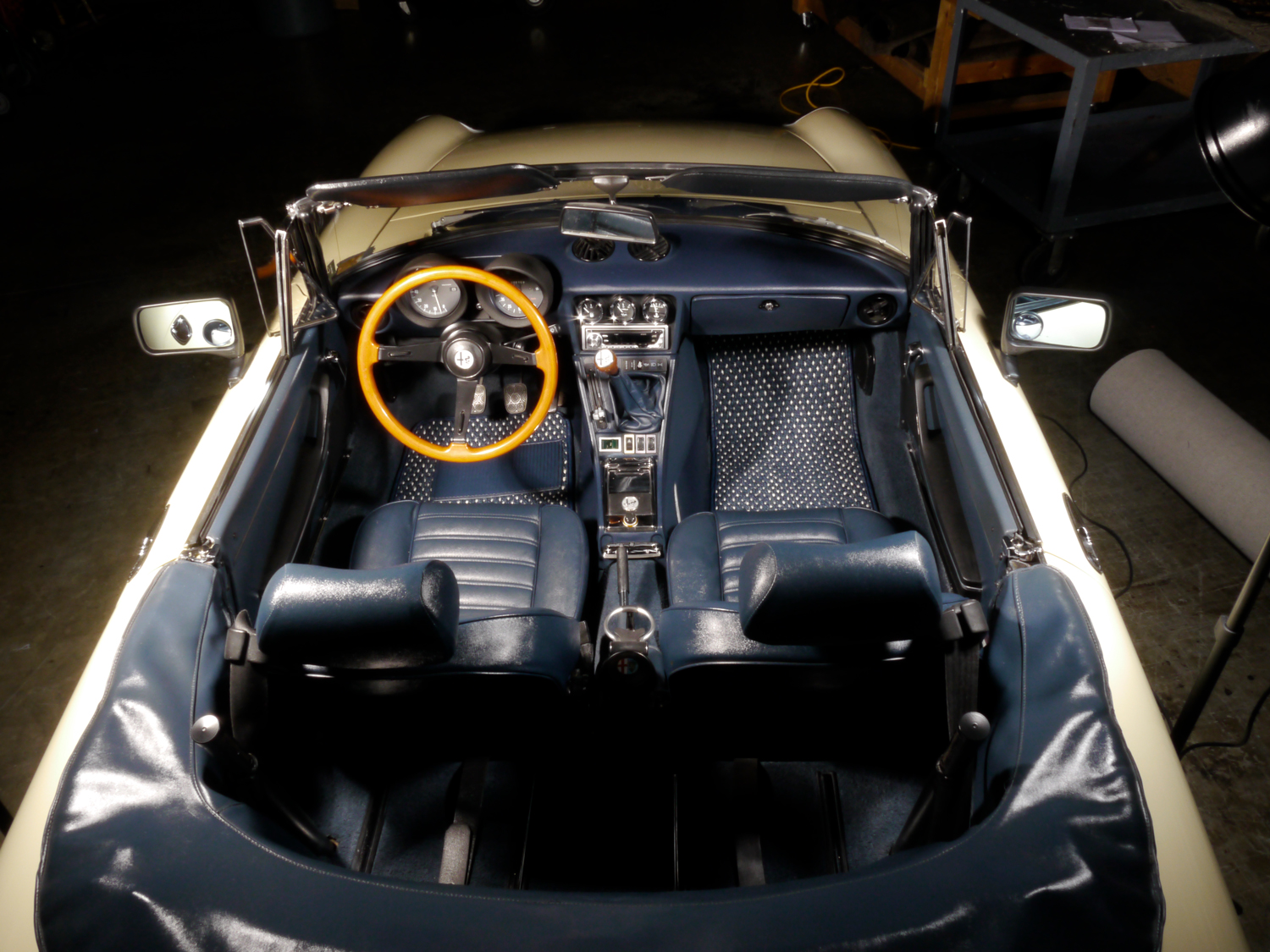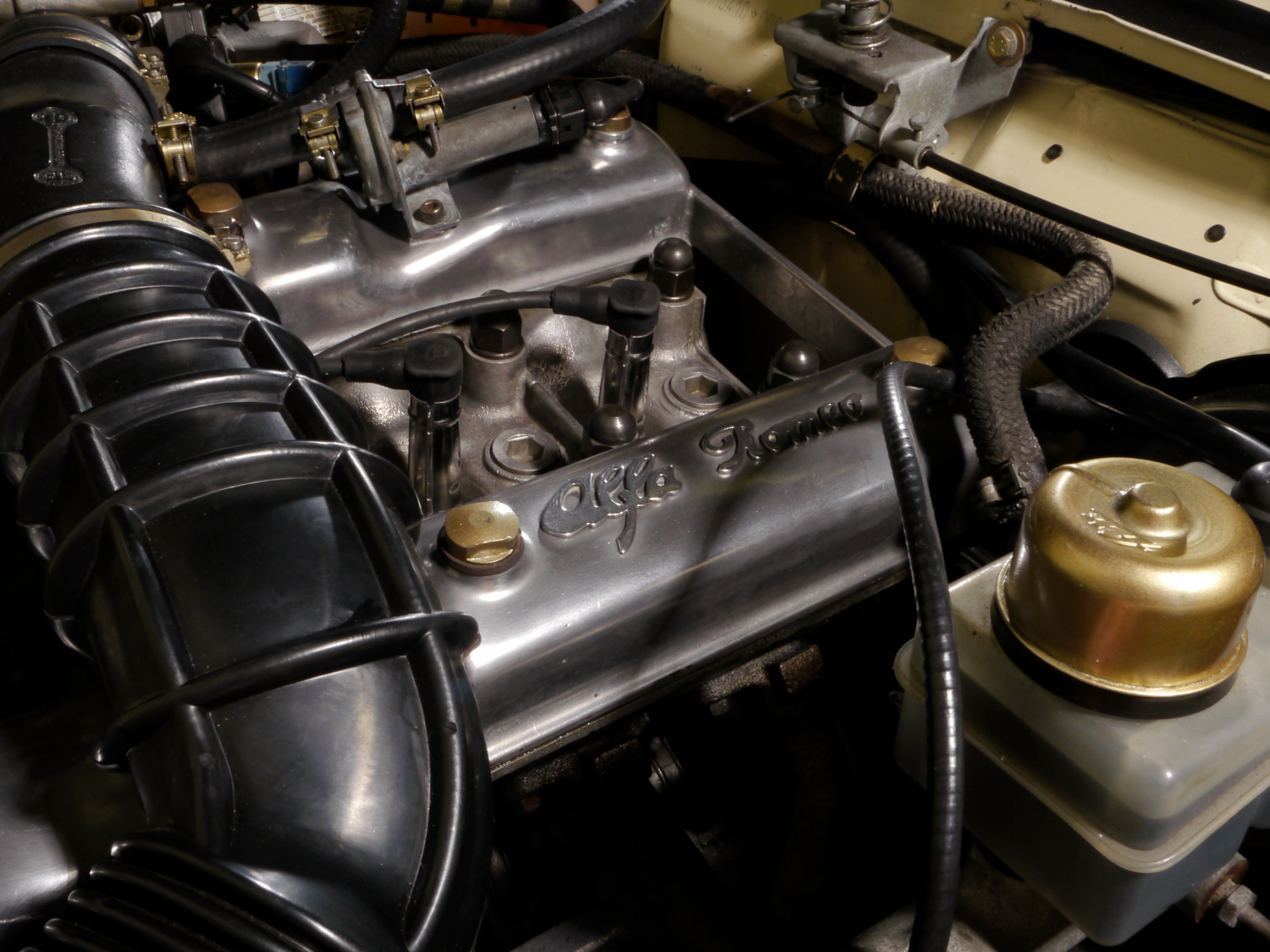 Loading... Please wait...
Loading... Please wait...
Das Auto-binge
Posted on 9th Oct 2017

With a name like Paul Hollywood, you’re destined for stardom. The consummate British baker-become-race-driver is known for his tan and boot-cut jeans almost as much as his breads. If Gordon Ramsay is the Simon Cowell of cooking, then Hollywood is their analogue in the baking world. So, when I set out to watch his newest series, Paul Hollywood’s Big Continental Road Trip, on Netflix, I was expecting a certain amount of pomp and sarcasm. What I found was a truly entertaining and educational tour of three of the auto world’s most important countries.
Hollywood starts his journey in Italy and makes the requisite rounds in each of Italy’s supercar families. Beginning with a Lamborghini Huracan in the cobbled streets of Rome, he explores the comic chaos of Italian road rules. I use the word “rules” very loosely, though; as we learn, despite their racing heritage, Italians actually consider themselves the worst drivers in Europe. Needless to say, Hollywood never really has the opportunity to open up the brilliant orange Lambo, but after a short trip in an Alfasud and a brief history lesson on Alfa Romeo, Hollywood arrives in Maranello and ditches the Sud for a stud – a Ferrari California.
It comes as no surprise that the entire town oozes red at every turn. Nearly everything in Maranello has something to do with the Prancing Horse, and as we find out in the second episode trip to VW headquarters, cars really do become the entire culture of certain towns in Europe. Unfortunately, the remainder of the episode is a bit of a letdown; the Pagani Huayra that Hollywood is set to drive is in for repairs, and his time in a Bugatti Chiron feels almost like an afterthought.
However, it is in that second episode trip with Mercedes, Volkswagen, and Porsche that the series truly comes together. I’ve written quite a lot about my love for German cars, and as it turns out, Germans love their cars even more than I do.
Nowhere is this more evident than in Autostadt¸ the home of Volkswagen inWolfsburg, Germany. The entire economy of the city is built around the brand, and there are almost no cars on the roads that are not VWs. Perhaps the most exciting centerpiece to the whole town is a massive pair of towers dubbed the Autotürme, or “car towers.” Each tower is 20 stories high and is a literal vending machine for the 400 cars it contains. Customers order their VWs, which are the manufactured and stored in the tower until pick-up. When they arrive at the KundenCenter (customer center) for delivery, a series of robotic arms and lifts removes the cars so that the proud owners can take pictures with their new vehicles.
It’s truly incredible to see how far Germany has come since reunification, and there is quite a bit of discussion during the episode about the East and the West and German character, and how these are reflected in their engineering. Also, it was quite interesting to learn that much of the hippy counterculture of 1960s originated in Germany during that post-war search for history, identity, and culture.
I have yet to watch the final episode which takes place in France, but I’m hoping that Hollywood continues his exploration of some of the more profound ways in which our vehicles reflect who we truly are. Say what you will about his fashion sense and his reality show persona, Hollywood crafts a compelling narrative and I hope to see more of his adventures in the future.
Maybe if I get him a few sets of CocoMats, he’ll take me on his next spin around the Nürburgring Nordschleife at 150 miles per hour.
-Trey Fennell

Alfa Romeo Spider Veloce Coco #14 Blue & White





